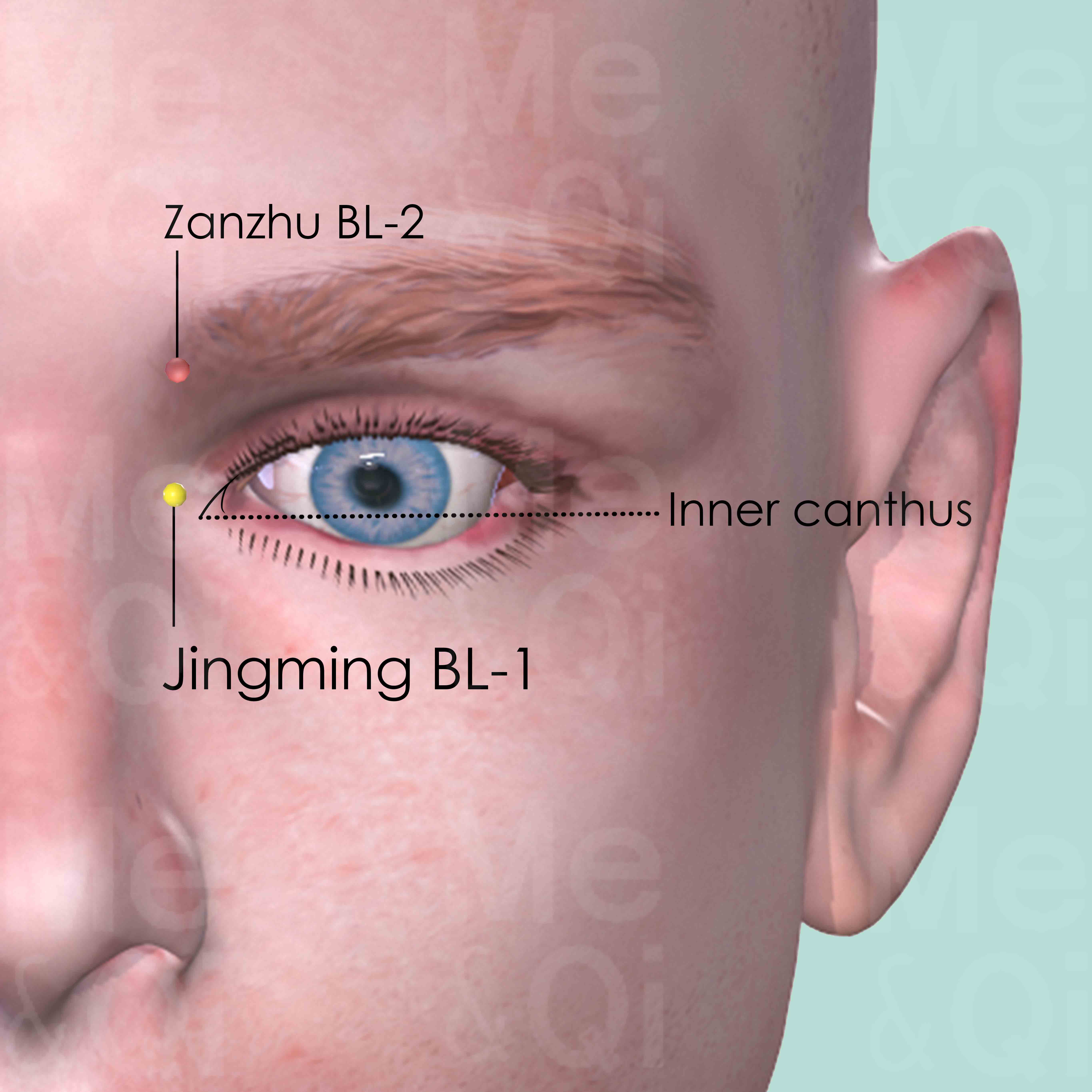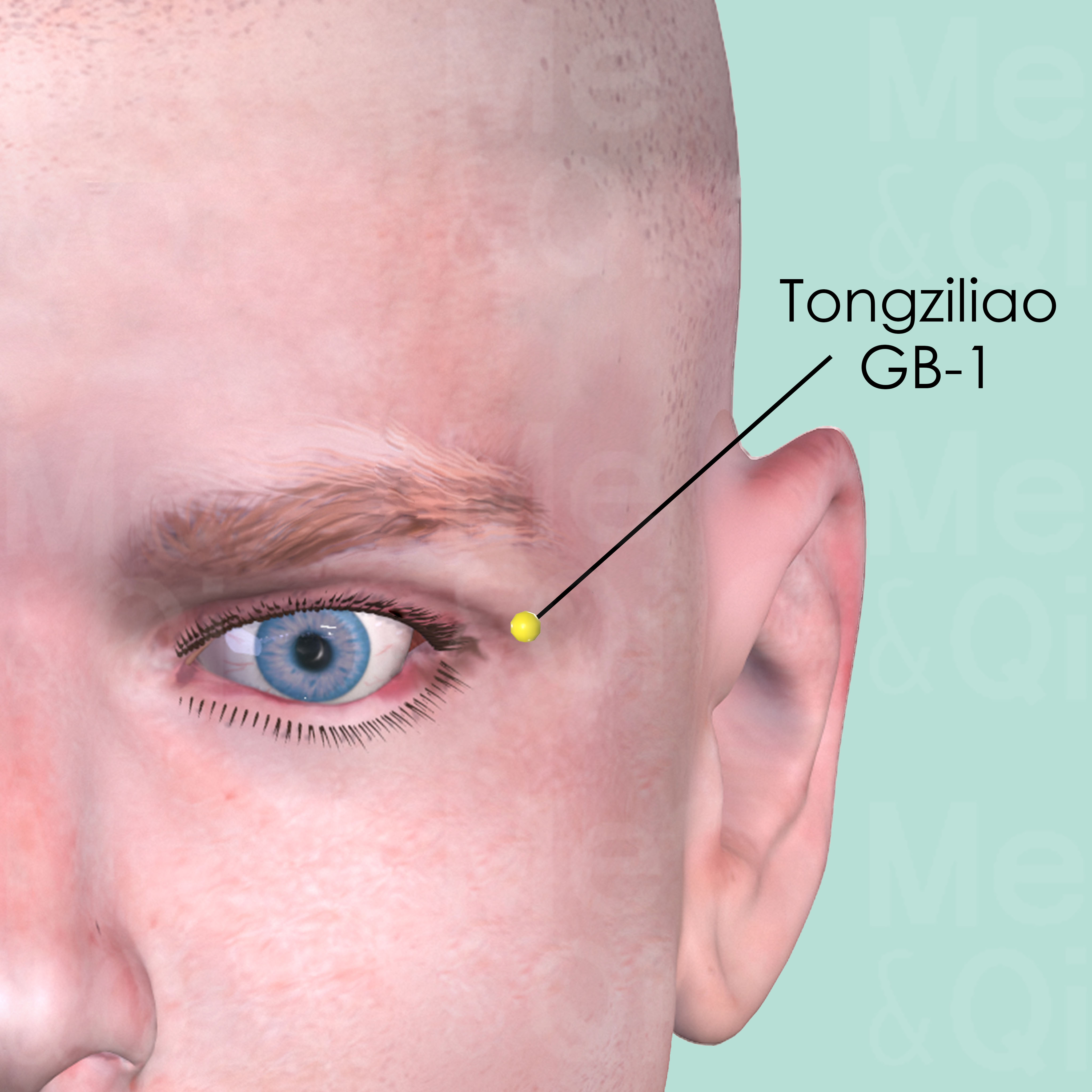Canthus Itchingaccording to TCM
Symptom families: Eye Disorders and Symptoms, Eyelid and Canthus Issues
Sub-symptom(s): Itchy Inner Corner Of The Eye Outer Canthus Itching
Did you mean? Canthus Pain
What is Canthus Itching?
Canthus itching refers to an uncomfortable, irritating sensation at the corners of the eyes. This common symptom can manifest in various forms, including itchy inner or outer corners of the eyes. The sensation can range from mild to severe and may be accompanied by redness, swelling, or discharge.
While often not a serious condition, persistent canthus itching can be a symptom of underlying issues such as allergies, infections, or skin conditions. Understanding the cause is crucial for effective treatment and relief from discomfort.
How does TCM view Canthus Itching?
Traditional Chinese Medicine (TCM) approaches canthus itching from a holistic perspective, differing significantly from Western medicine. In TCM, symptoms like canthus itching are viewed as indicators of an imbalance in the body’s Qi (vital energy) or a disharmony among the internal organs.
TCM theory suggests that such imbalances can be a result of external factors like Wind or Heat, or internal issues such as Liver or Kidney dysfunction. Recognizing and treating the specific pattern of disharmony is crucial in TCM, as it aims to restore the body's natural balance and address the root cause of the symptom.
Acupoints for Canthus Itching
In TCM, acupuncture is a common treatment for addressing symptoms like canthus itching. Specific acupoints are targeted to harmonize imbalances and alleviate discomfort. One such point is Yinjiao DU-28, located between the upper lip and the upper labial gingiva, in the frenulum of the upper lip. Stimulating this point is believed to clear Heat and benefit the gums, nose, and eyes, making it a relevant choice for treating canthus itching.
Acupuncture, in TCM, is not just about relieving symptoms but also about addressing the underlying disharmony that causes these symptoms, offering a holistic approach to health and wellness.
Explore below some acupoints used to address canthus itching, organized by meridian.
- By Meridian
- Governing Vessel
- Bladder Channel
- Gall Bladder Channel


